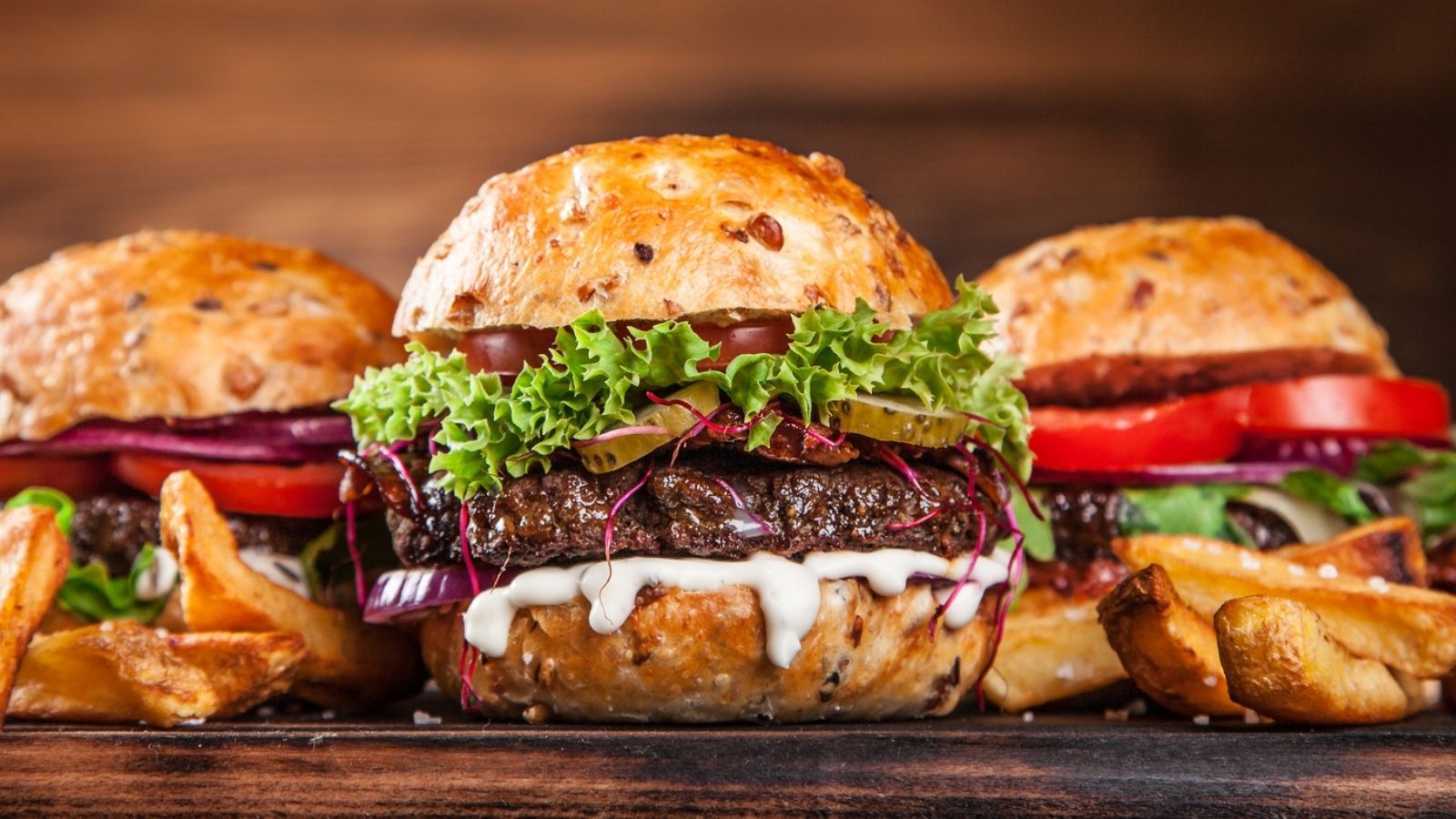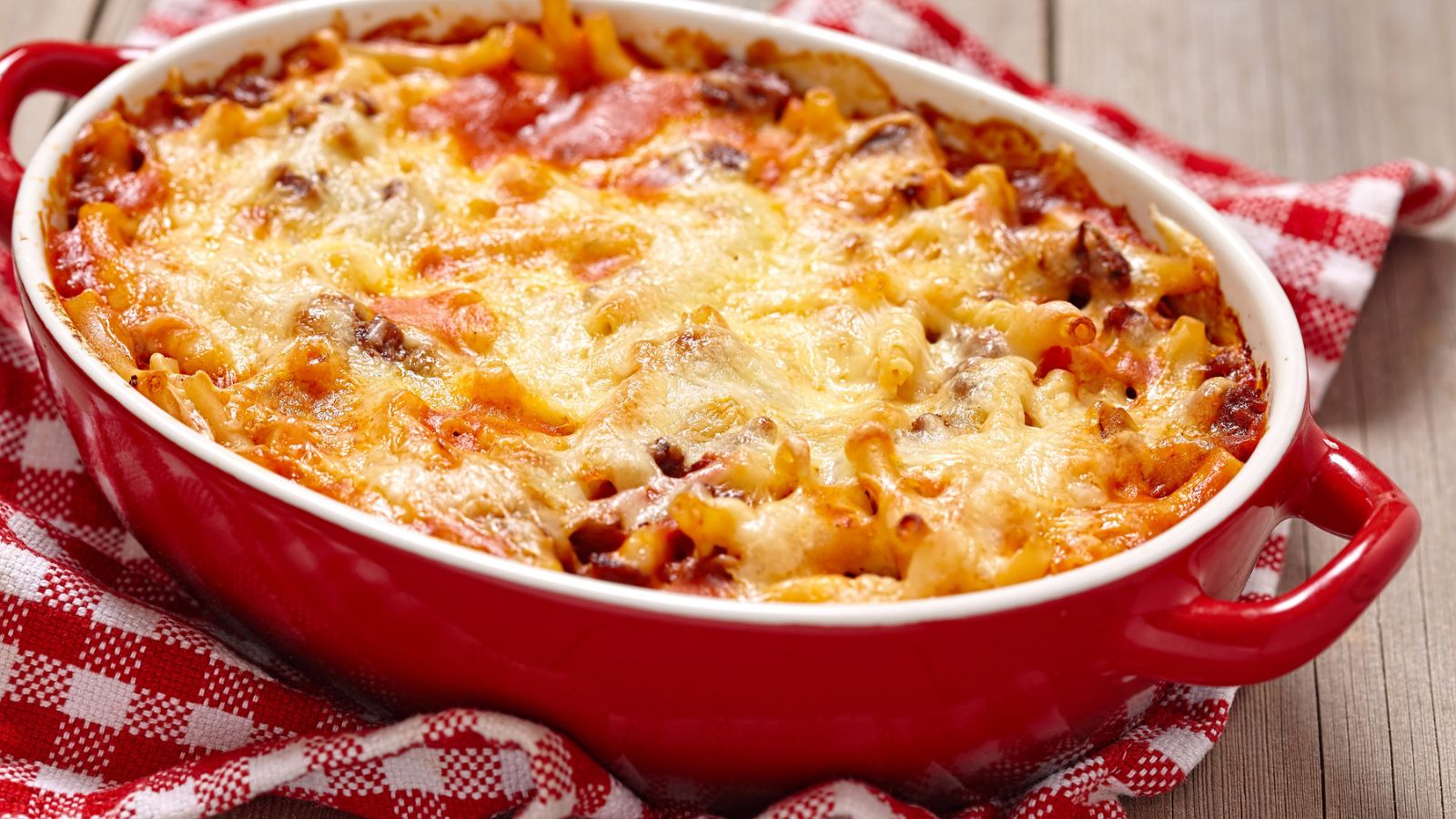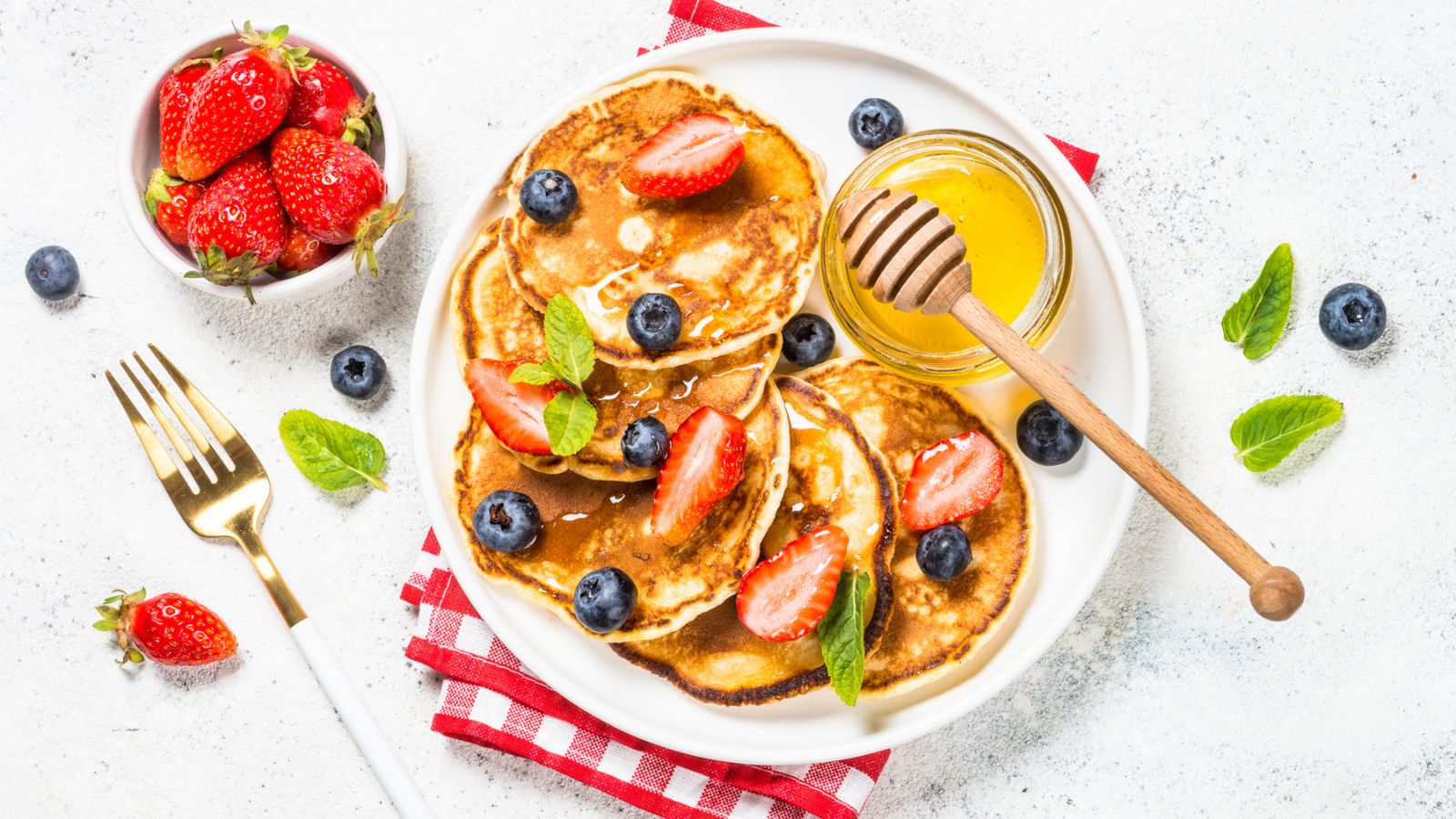15 Hazardous Foods You Need To Stay Away From
Do you know what’s lurking in your pantry? While some foods may seem harmless, they could be hazardous to your health. From sneaky sodium bombs to artificial sweeteners, there are certain foods you need to stay away from in...

Do you know what’s lurking in your pantry? While some foods may seem harmless, they could be hazardous to your health. From sneaky sodium bombs to artificial sweeteners, there are certain foods you need to stay away from in order to lead a healthier lifestyle. It’s time to take a closer look at your eating habits and make some changes. With a little education and some self-discipline, you can start feeling better in no time.
Fugu
 Photo credit: Canva Pro
Photo credit: Canva ProHailing from Japan, fugu is a type of sashimi made from pufferfish. The unique choice of fish is what makes fugu dangerous. Pufferfish contains tetrodotoxin, a toxic substance that causes severe health issues. In extreme cases, it causes death.
Only skilled chefs are permitted to make fugu because it requires extreme caution. Even then, fugu is considered unsafe, so it is banned in almost every restaurant.
Ackee fruit
 Photo credit: Canva Pro
Photo credit: Canva ProNative to Jamaica, ackee fruit is a unique delicacy but comes with a hefty warning. Most Jamaicans know to avoid ackee, but some may still serve it. The fruit is a known cause of the Jamaican Vomiting Sickness, thanks to hypoglycin A.
Hypoglycin A is a toxin that can cause severe vomiting nausea, and dangerously lowers blood sugar levels. In extreme cases, it can cause coma and even death.
Sannakji
 Photo credit: Canva Pro
Photo credit: Canva ProThose heading to South Korea should avoid sannakji. Sannakji is a type of Korean sashimi which uses octopus instead of fish. The octopus is purposely kept alive so it squirms on the plate when served.
Sannajki may cause severe stomach ache, nausea, and vomiting when ingested. The octopus suckers can stick to the throat, causing choking, so it’s very dangerous.
Casu marzu
 Photo credit: Canva Pro
Photo credit: Canva ProThis traditional Sardinian cheese isn’t for the faint of heart. Its sour, pungent taste is already debatable, but the hundreds of maggots crawling over it drive most people away from Casu Marzu. And it’s not a freak accident.
The insect larvae are purposely placed to enhance fermentation but can invite bacterial and foodborne illnesses. It’s also disgusting, so most people avoid it.
Hakarl
 Photo credit: Canva Pro
Photo credit: Canva ProIceland has numerous unconventional foods, but hakarl stands out due to its unusual ingredients and even weirder preparation. Hakarl is a fermented shark served six months after the food is prepared.
The shark is cut into cubes, cured with ammonia, and rotted until the meat turns soft. The long fermentation process invites bacteria and causes foodborne illnesses.
Fesikh
 Photo credit: Canva Pro
Photo credit: Canva ProVisually, you wouldn’t realize this Egyptian delicacy can be dangerous. Fesikh is a fermented fish; its pungent and salty odor is enough to keep foreigners away. But Egyptians delight in eating it because it tastes fantastic.
However, fesikh is fermented for a long time, inviting bacteria. It can cause botulism, and extreme cases of sickness have resulted in death.
Nutmeg
 Photo credit: Canva Pro
Photo credit: Canva ProYou might be surprised to see this food on the list because countless recipes use this spice. In fact, the majority of Indian cuisine relies on nutmeg, so most assume it’s safe. However, overeating nutmeg can be harmful because it contains myristicin.
Myristicin can cause nutmeg intoxication, which causes hallucinations, nausea, vomiting, dizziness, and seizures. It’s difficult to treat, so the food is deadly.
Mopane worms
 Photo credit: Canva Pro
Photo credit: Canva ProAfrican cuisine is renowned for its flavorful dishes, but mopane worms don’t make the list. And yes, it’s a popular delicacy made from native moths. Mopane worms are toasted or sauteed before eating.
Mopane worms can cause severe stomach problems and open the door for other health issues when ingested. They can be deadly if not prepared correctly.
Monkey brains
 Photo credit: Canva Pro
Photo credit: Canva ProTourists visiting Southeast Asia are shocked when they’re served monkey brains. The dish sautees primate brains with spices and herbs and is often served with bread or buns.
The dish is incredibly dangerous because brains may carry prion disease, which can spread to humans. It has no cure, so it always results in death.
Tuna eyes
 Photo credit: Canva Pro
Photo credit: Canva ProJapan indeed loves taking risks regarding food, and tuna eyes is another dish that treads the fine line between life and death. The eyes of a tuna are either pickled or sauteed before being served and are a common delicacy.
The handling of tuna eyes invites foodborne illnesses and scary viruses, so it isn’t considered a safe food. Despite this, many indulge in the Japanese delicacy.
Cassava
 Photo credit: Canva Pro
Photo credit: Canva ProCassava is a shrub vegetable native to South America. Its uncanny resemblance to sweet potatoes fools people, so they eat it without knowing the risks. Only parts of cassava are safe for consumption, and only if prepared cautiously.
Cassava contains glycosides, which release cyanide when eaten. Even the tiniest dose of cyanide is deadly, so it’s best to stay away from this food.
Kiviak
 Photo credit: Canva Pro
Photo credit: Canva ProInuits don’t have much to begin with, so we don’t blame them for conjuring up a kiviak. Yet, the dish celebrated in the Inuit community is one of the deadliest to eat, and it all lies in the preparation.
Kiviak is made by stuffing hundreds of small birds (auks) into a seal. The duo are left to ferment for months and are eaten at celebrations.
Balut
 Image credit: Canva Pro.
Image credit: Canva Pro.Balut originated in the Philippines, but it’s commonly served in Cambodia and Vietnam. The dish is a fertilized duck egg picked while the chick is developing, so cracking it open reveals an underdeveloped hatchling.
As disgusting and unethical as it sounds, balut is dangerous because it houses bacteria and can easily be contaminated.
Reindeer liver
 Photo credit: Canva Pro
Photo credit: Canva ProFood in the Arctic is incredibly creative, and one of the tastiest dishes served there is reindeer liver. The liver is fried, but some variations dry it to make jerky. It’s one of the richest sources of Vitamin A and is even used in nutritional supplements.
The concentration of vitamin A is so high it can lead to vitamin A intoxication, which can cause severe health issues and even death.
Starfruit
 Photo credit: Canva Pro
Photo credit: Canva ProMany of us are tempted to try exotic fruits, so tourists visiting Southeast Asia excitedly buy starfruit or carambola. However, the fruit contains caramboxin, a dangerous toxin that alters brain function. It’s rare but not unheard of.
Starfruit is forbidden for people with kidney issues because its unique chemical composition affects the kidneys and causes severe health issues.
14 Items You Should Never Order In a Chinese Restaurant
 Image credit: Depositphotos.
Image credit: Depositphotos.Items to never order in Chinese restaurant
Burger Lovers Beware! 15 Items You Should NEVER Put On Your Burger
 Image credit: Depositphotos.
Image credit: Depositphotos.never put these in your burger
22 No-Fail Potluck Dishes Everyone Will Want the Recipes For
 Image credit: Depositphotos.
Image credit: Depositphotos.16 Dishes You Should Never Order in a Restaurant
 Image credit: Depositphotos.
Image credit: Depositphotos.16 Foods That Nobody Can Afford Anymore
 Image credit: Depositphotos.
Image credit: Depositphotos.
 Tekef
Tekef 

































